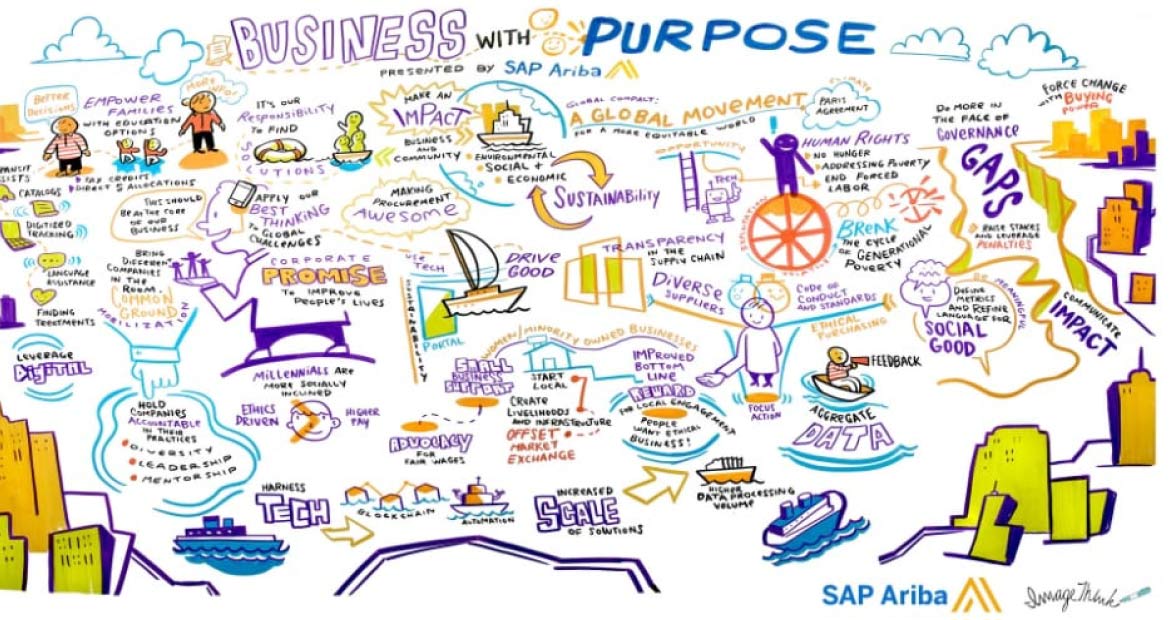
An effective procurement strategy is more than just a way to cut costs; it’s a crucial driver of value and innovation.
As we step into a new year, let’s explore a comprehensive, quarter-by-quarter strategic roadmap that procurement professionals can leverage to elevate their operations, align with organizational goals, and stay ahead in an ever-changing market.
Q1: January – March: Foundation and Planning
- Assessment and Goal Setting (January)
- Perform a granular analysis of last year’s procurement data, focusing on spending patterns, supplier performance, and compliance issues.
- Collaborate with key departments to understand their procurement needs and challenges.
- Set Specific, Measurable, Achievable, Relevant, and Time-bound (SMART) goals that may include cost savings, process efficiency, and supplier diversity.
- Strategy Development (February)
- Develop strategies tailored to different categories of procurement, considering both direct and indirect spending.
- Incorporate risk management strategies, focusing on supply chain resilience and adaptability.
- Plan for the integration of advanced tools like SAP Ariba, focusing on how they can enhance procurement operations.
- Implementation Planning (March)
- Create detailed project plans, identifying milestones and key deliverables.
- Develop training programs and materials for the procurement team and other involved stakeholders.
- Establish a communication plan to keep all stakeholders informed and engaged throughout the implementation process.
Q2: April – June: Implementation and Optimization
- Process Implementation (April)
- Start with a pilot program to test new processes in a controlled environment.
- Establish feedback mechanisms to gather insights and make necessary adjustments.
- Ensure compliance with both internal policies and external regulatory requirements.
- Supplier Relationship Management (May)
- Develop a supplier segmentation strategy to identify key suppliers and manage them accordingly.
- Initiate regular business reviews with key suppliers to discuss performance, opportunities, and challenges.
- Look for opportunities to consolidate suppliers and negotiate better terms or bulk discounts.
- Performance Tracking and Optimization (June)
- Utilize dashboards and reporting tools within SAP Ariba for real-time monitoring.
- Conduct quarterly reviews to assess progress against goals and make adjustments as needed.
- Foster a culture of continuous improvement, encouraging team members to suggest and implement enhancements.
Q3: July – September: Expansion and Innovation
- Market Analysis and Expansion (July)
- Conduct thorough research to identify emerging trends and new market opportunities.
- Evaluate the potential risks and benefits of expanding into new markets or product categories.
- Plan for the integration of new suppliers, ensuring they meet the organization’s quality and compliance standards.
- Innovation in Procurement (August)
- Explore emerging technologies such as IoT, robotics, and AI, assessing their potential impact on procurement processes.
- Encourage the team to participate in industry workshops and seminars to stay abreast of the latest trends.
- Pilot innovative procurement practices on a small scale before wider implementation.
- Strategic Sourcing Initiatives (September)
- Reassess sourcing strategies to ensure they align with current market conditions and business objectives.
- Develop partnerships with suppliers to foster innovation and improve supply chain sustainability.
- Implement category management to optimize the procurement of goods and services across different categories.
Q4: October – December: Review and Future Planning
- Performance Review (October)
- Analyze key performance indicators in detail, comparing them against industry benchmarks and historical data.
- Solicit feedback from internal customers and suppliers to gain a 360-degree view of procurement performance.
- Identify key learnings and areas of improvement to inform future strategies.
- Budget Planning and Forecasting (November)
- Collaborate with finance and other departments to align procurement budgeting with overall business objectives.
- Use predictive analytics to forecast future spending trends and procurement needs.
- Plan for contingencies, ensuring flexibility in the face of market changes or unexpected challenges.
- Setting Goals for the Next Year (December)
- Develop goals that not only focus on cost savings but also on value creation, sustainability, and innovation.
- Plan for technology upgrades or implementations in the coming year.
- Align procurement goals with the broader strategic objectives of the organization.
Comprehensive Checklist of Action Items:
- Perform detailed procurement data analysis.
- Set SMART procurement goals.
- Develop category-specific strategies.
- Plan and implement advanced procurement tools.
- Conduct pilot programs for new processes.
- Establish strong supplier relationships and management strategies.
- Utilize SAP Ariba™ for performance tracking.
- Engage in continuous process optimization.
- Conduct market analysis for expansion.
- Pilot innovative procurement practices.
- Implement strategic sourcing and category management.
- Conduct detailed performance reviews.
- Align procurement budgeting with business objectives.
- Set goals for technology upgrades and innovation.
- Foster a culture of continuous improvement and learning.
By following this detailed roadmap and checklist, procurement teams can ensure a strategic, efficient, and value-driven approach throughout the year, ultimately contributing to the overall success and growth of the organization.








